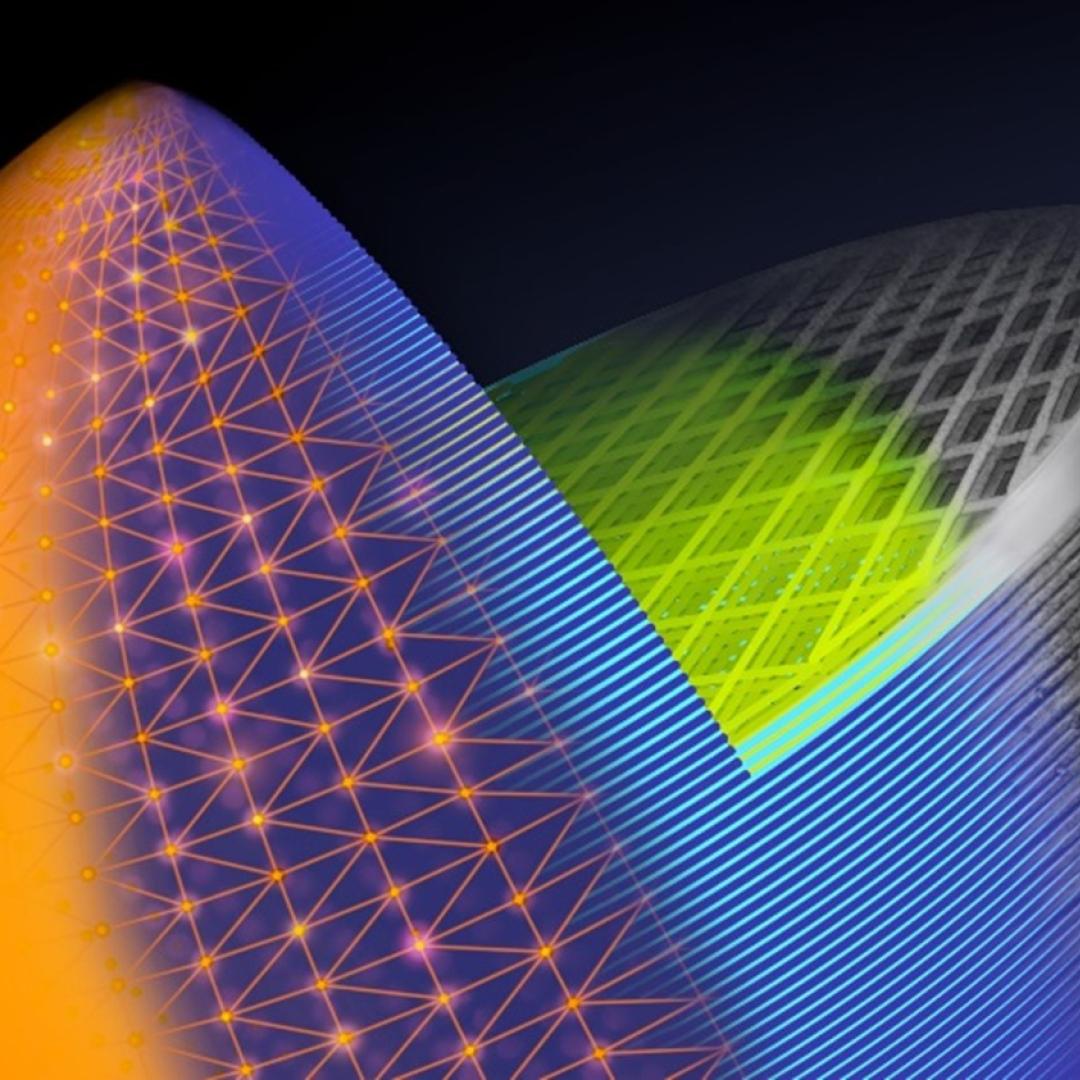
Filter News
Area of Research
- Advanced Manufacturing (11)
- Biological Systems (1)
- Biology and Environment (12)
- Building Technologies (1)
- Clean Energy (45)
- Computational Engineering (1)
- Computer Science (4)
- Energy Sciences (1)
- Fusion and Fission (3)
- Fusion Energy (6)
- Isotopes (1)
- Materials (14)
- Materials for Computing (2)
- National Security (3)
- Neutron Science (3)
- Nuclear Science and Technology (1)
- Supercomputing (6)
News Type
News Topics
- (-) 3-D Printing/Advanced Manufacturing (31)
- (-) Big Data (17)
- (-) Bioenergy (16)
- (-) Energy Storage (31)
- (-) Fusion (9)
- Advanced Reactors (13)
- Artificial Intelligence (13)
- Biology (18)
- Biomedical (11)
- Biotechnology (3)
- Buildings (19)
- Chemical Sciences (10)
- Clean Water (13)
- Climate Change (22)
- Composites (9)
- Computer Science (40)
- Coronavirus (11)
- Critical Materials (12)
- Cybersecurity (3)
- Decarbonization (9)
- Environment (43)
- Exascale Computing (1)
- Fossil Energy (1)
- Frontier (1)
- Grid (21)
- High-Performance Computing (11)
- Hydropower (6)
- Irradiation (2)
- Isotopes (5)
- ITER (3)
- Machine Learning (11)
- Materials (35)
- Materials Science (34)
- Mathematics (2)
- Mercury (3)
- Microscopy (11)
- Molten Salt (5)
- Nanotechnology (12)
- National Security (3)
- Net Zero (2)
- Neutron Science (27)
- Nuclear Energy (19)
- Partnerships (1)
- Physics (4)
- Polymers (9)
- Quantum Computing (4)
- Quantum Science (10)
- Security (1)
- Simulation (7)
- Space Exploration (10)
- Statistics (1)
- Summit (6)
- Sustainable Energy (45)
- Transportation (35)
Media Contacts
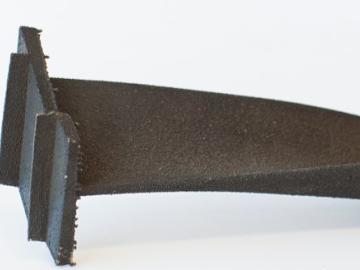
Oak Ridge National Laboratory researchers have demonstrated that a new class of superalloys made of cobalt and nickel remains crack-free and defect-resistant in extreme heat, making them conducive for use in metal-based 3D printing applications.
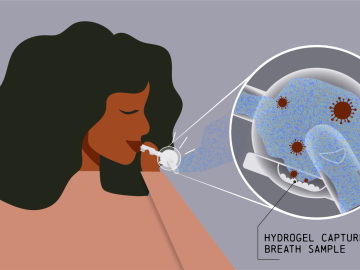
Collaborators at Oak Ridge National Laboratory and the University of Tennessee Health Science Center are developing a breath-sampling whistle that could make COVID-19 screening easy to do at home.

A new Department of Energy report produced by Oak Ridge National Laboratory details national and international trends in hydropower, including the role waterpower plays in enhancing the flexibility and resilience of the power grid.

Algorithms developed at Oak Ridge National Laboratory can greatly enhance X-ray computed tomography images of 3D-printed metal parts, resulting in more accurate, faster scans.
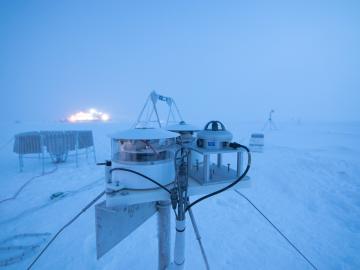
Researchers at Oak Ridge National Laboratory were part of an international team that collected a treasure trove of data measuring precipitation, air particles, cloud patterns and the exchange of energy between the atmosphere and the sea ice.
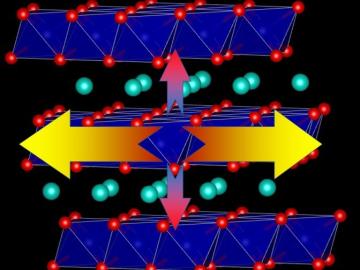
Oak Ridge National Laboratory researchers proved that the heat transport ability of lithium-ion battery cathodes is much lower than previously determined, a finding that could help explain barriers to increasing energy storage capacity and boosting performance.
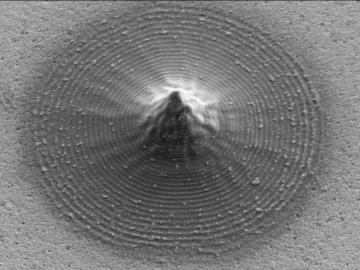
Scientists at Oak Ridge National Laboratory and the University of Tennessee designed and demonstrated a method to make carbon-based materials that can be used as electrodes compatible with a specific semiconductor circuitry.
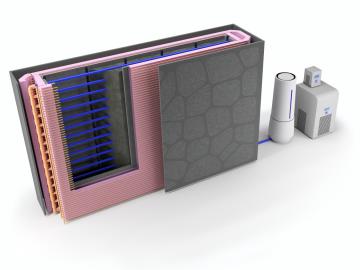
Oak Ridge National Laboratory researchers used additive manufacturing to build a first-of-its kind smart wall called EMPOWER.
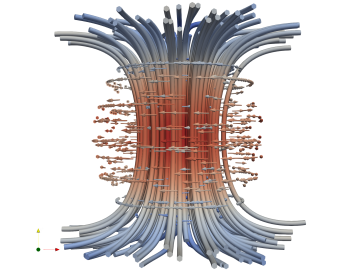
Combining expertise in physics, applied math and computing, Oak Ridge National Laboratory scientists are expanding the possibilities for simulating electromagnetic fields that underpin phenomena in materials design and telecommunications.
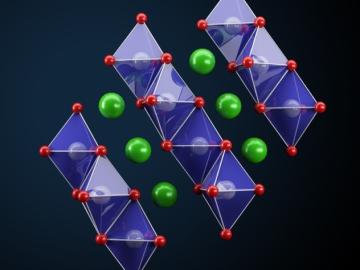
Oak Ridge National Laboratory scientists seeking the source of charge loss in lithium-ion batteries demonstrated that coupling a thin-film cathode with a solid electrolyte is a rapid way to determine the root cause.


